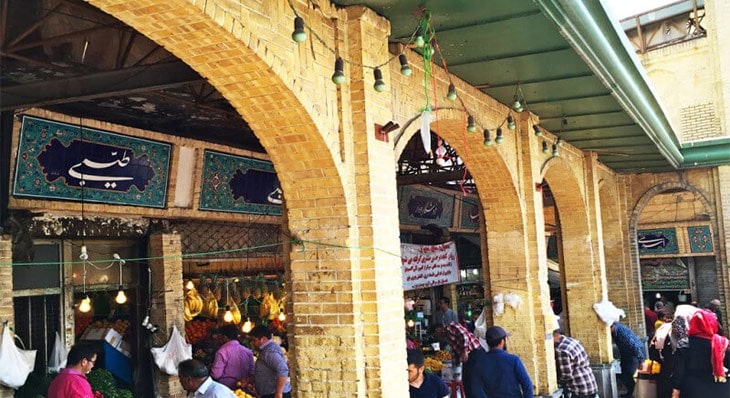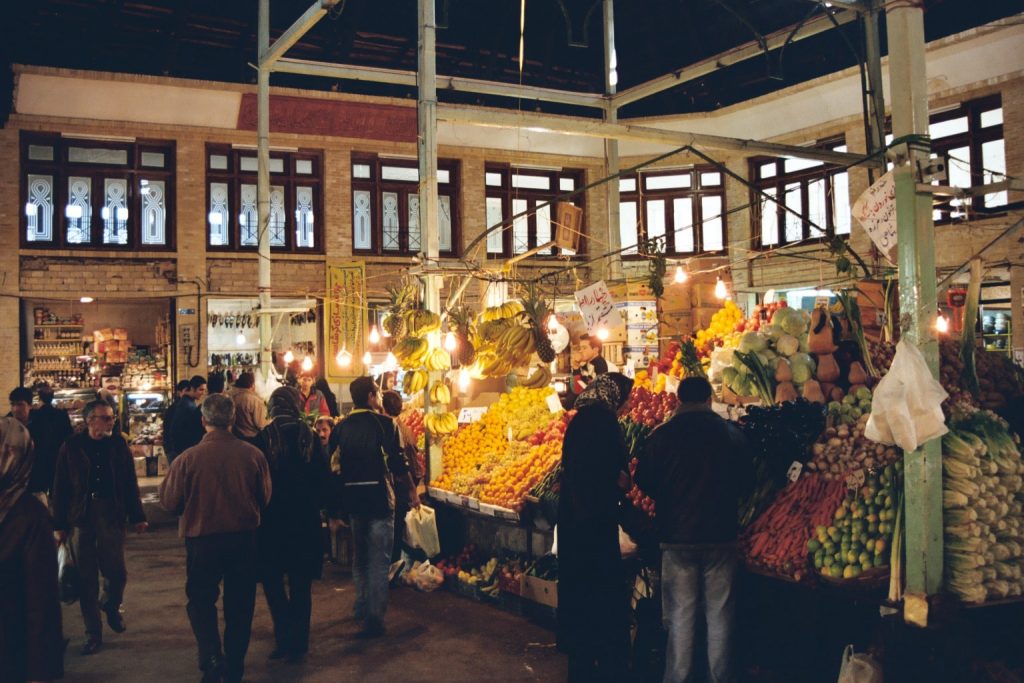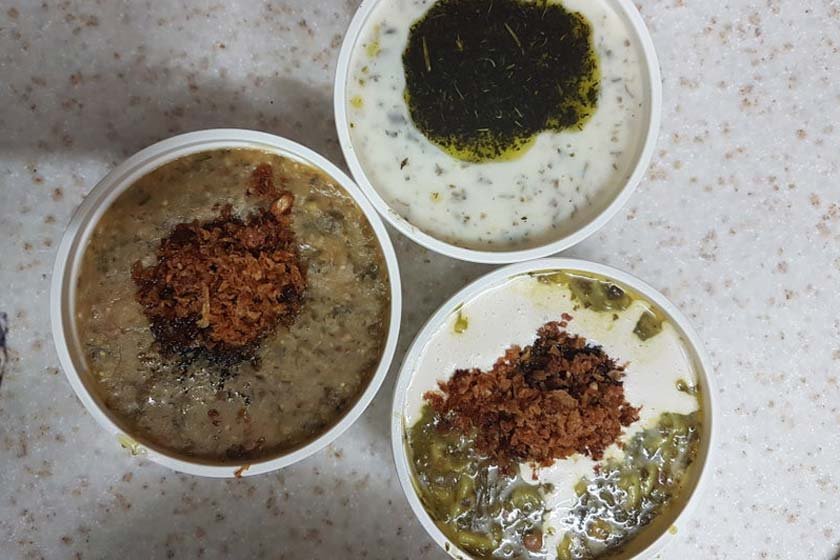Introduction to Tajrish Bazaar
Are you interested in shopping? If you are interested in exploring local markets, Tajrish Bazaar is one of the best and most attractive historical bazaars in Tehran that can immerse you in it. The Bazaar is one of the favourite places in the heart of Shemiranat, Tehran.
Tajrish is one of the oldest districts of Tehran, where tradition and culture seem to have settled and created one of the most evocative neighbourhoods. You can still see the old and narrow alleys, old and tree-filled houses, and drowned in the pleasant air of the area.
One of the most stunning attractions of the neighbourhood is Tajrish Traditional Bazaar, a large and historical bazaar that starts from the courtyard of Imamzadeh Saleh’s tomb, and the corridors and rows continue to Quds Square and includes collections of shops and pedlars.
Imamzadeh Saleh is one of the major religious centres in the north of Tehran, which has played a significant role in the formation of the Tajrish bazaar and the Tekyeh.

History of Tajrish Bazaar
Tajrish neighbourhood is one of the old and central spots of Shemiranat, the largest settlement around Tehran, located faster than other settlements around Tehran in the city and quickly became attractive.
Shemiranat does not have a long history. Since Tehran was chosen as the capital, Shemiranat has become a popular resort due to the climate and abundant gardens. Today, Tajrish Square is the busiest and most visited square in the north of the city due to the Imamzadeh Saleh Shrine and Tajrish Bazaar.
One of the most exciting parts of the Bazaar is the Tekyeh of Tajrish, which is a place of mourning for the people of the bazaar. The Tekyeh, located in the heart of the bazaar, which has about 200 years and dates back to the Qajar period, is one of the oldest in Tehran.
The architecture of Tekyeh Tajrish includes a central space and a two-story building with metal columns, with several shops on the north, south, and east sides. There are also several shops in the western part, called royal because of their higher height than other shops.
The second floor is used commercially when religious services are not held. On ordinary Bazaar days, a square full of vegetables, fruits, and summer crops is formed inside and turned into living museums of attractiveness.

The architecture of Tajrish Bazaar
The Tajrish Bazaar, with such architectural and visual magnificence, is the oldest one in the north of Tehran and meets the daily and sometimes specific needs of many clients. The centralized presence of shops and stores, which all sell different goods, is attractive. The Bazaar has large and small corridors and branches that increase the extent and breadth.
Tajrish Bazaar has many shops, and the names of the shops are engraved with tiles on their heads. Due to the proximity to the gates and palaces of Saadabad and Niavaran and its proximity to the shrine of Imamzadeh Saleh, the historic Bazaar hosts a large number of domestic and foreign tourists every day.

Patroling in the shops of Tajrish Bazaar
The most attractive part of the Bazaar, which includes colours, aromas, and flavours, is the part related to food, fruits, and vegetables. Everything you need or want in the kitchen can be found here, from local vegetables and snacks to rare fruits and snacks, in colours and hygienic packaging are at your disposal.
Jewelry is offered among the products and goods you can buy from the Bazaar for yourself or your beloved as a souvenir. Spices with various colours and letters, and by creating a colour spectrum inside the spice booths fade your eyes, and their perfume fills your nostrils. Delicious pickles with different names and unique flavours will make you crave them. The First-class nuts and dried fruits of the best kind show up inside the cells.
Handicraft booths, the most famous of which are Yazd Termeh, Hamedan pottery, Inlay, enamel, and copper utensils of Isfahan, kilim, and Jajim of Kurdistan and Kerman, etc., introduce the culture and art of the great country of Iran to everyone. In addition to the products, there are watch shops, jewelry stores, electronics stores, draperies, etc., that you can visit and use.

Nightlife and delicious stuff in Tajrish Bazaar
With the sunset, the hustle and bustle in the Tajrish Bazaar multiply, and most people go to the Tajrish Bazaar in Tehran to enjoy the atmosphere of the night. There are always open restaurants and sandwiches in the Bazaar, day and night. Also, if you are familiar with the alleys of the Bazaar, you will discover traditional and semi-modern cafes and coffee houses.
The taste of kebabs, Ash, and Persian Halim (Haleem) along with traditional and hot bread, Laboo (Steamed beets) and Baghali (Cooked Fava beans) in the cold weather, and juice and ice cream on hot days of the year will leave you with happy memories. The Bazaar owes its fame to Samanu (wheat pudding), pickles, and novelties of each season. The long lines for Samanu shopping are one of the oldest traditions of the place on the last days of the year.

